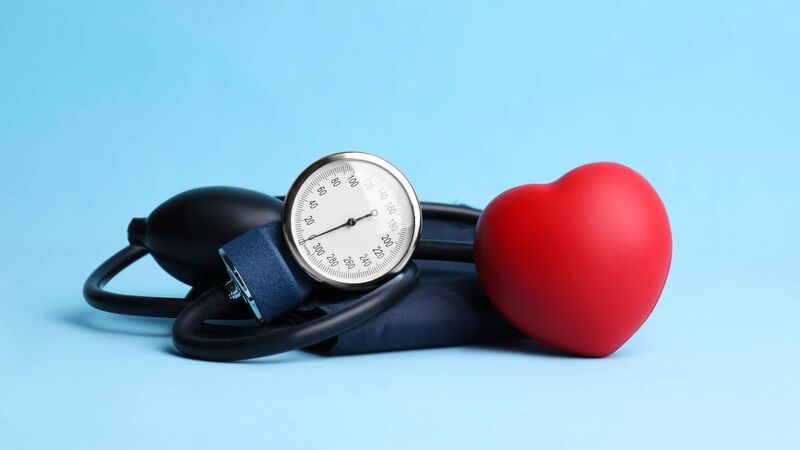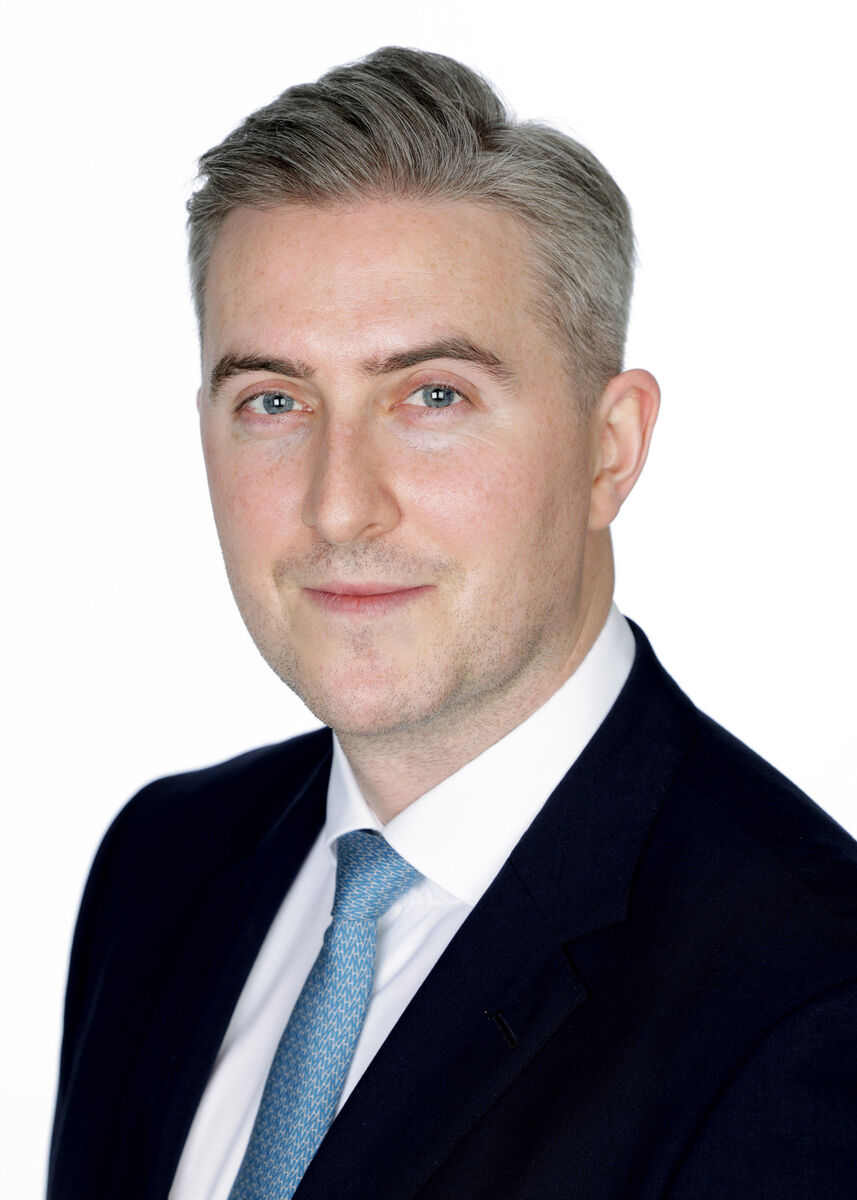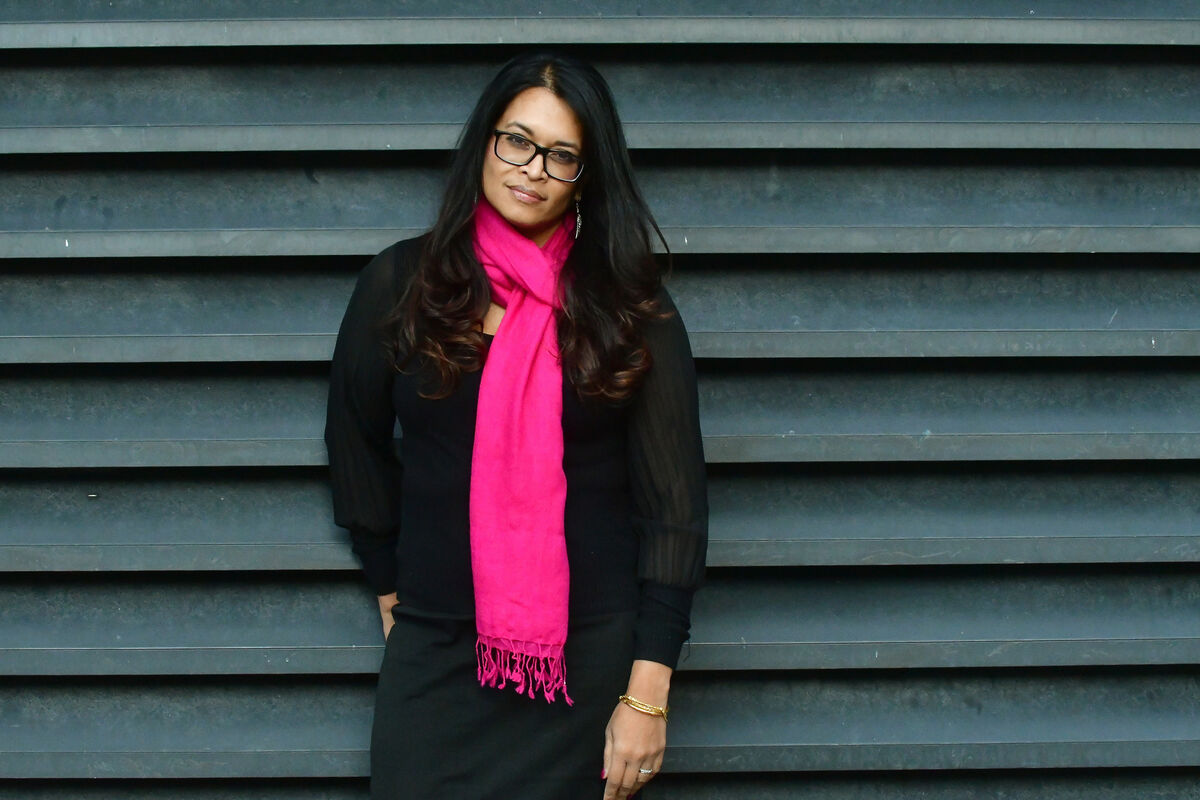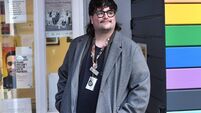What you need to know about Ireland's high-blood-pressure problem

Some 43% of adults aged 50 and older have high blood pressure. That’s according to a recent report from The Irish Longitudinal Study on Ageing (Tilda), a 12-year study involving more than 8,000 people.



Dr Sumi Dunne has a hopeful message for those diagnosed with elevated or high blood pressure.
If you are otherwise well and healthy, “there are a lot of simple things you can do to bring it back within healthy parameters”.
This is the fat found in fatty cuts of meat, processed meats such as bacon and sausages, dairy products such as cheese and butter, as well as pastries and fried foods.
“It’s best to only eat these foods occasionally,” says Dunne.
“It’s rich in fruit, vegetables, olive oil and fish,” she says.
“It’s also easy, tasty, and full of health-giving antioxidants.”
Dunne cites studies that show reducing salt intake can significantly impact systolic blood pressure levels.
Each cigarette you smoke causes a temporary rise in blood pressure while also damaging the walls of the blood vessels.
That’s 17 standard drinks per week for men and 11 for women. A standard drink is half a pint of beer, stout, or cider, a measure of spirits, a small glass of wine, or an alcopop.
“We should all do cardiovascular exercise that makes us sweaty,” says Dunne. “This could be a brisk walk, cycle, or swim, and raises the heart rate for about 20 or 30 minutes. A good marker is being slightly out of breath doing it.”
Experts recommend that adults get between seven and nine hours of sleep per night.
“The likes of mindfulness, yoga, or just taking reflective time to reset can all help decrease stress,” says Dunne.
“You don’t want to risk hypertension causing chronic disease or organ damage. You need to get your blood pressure down to healthy levels.”

Celebrating 25 years of health and wellbeing







